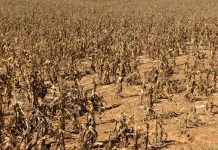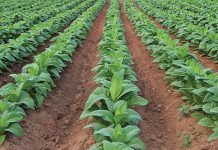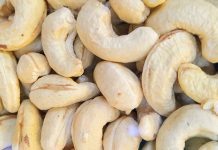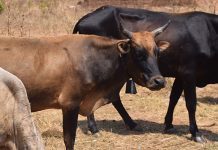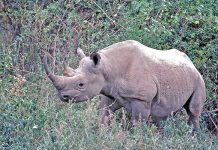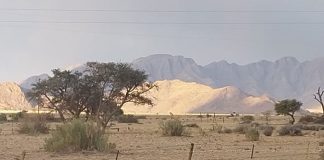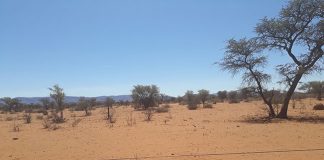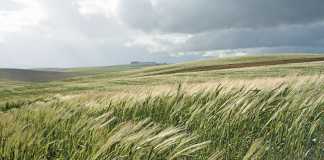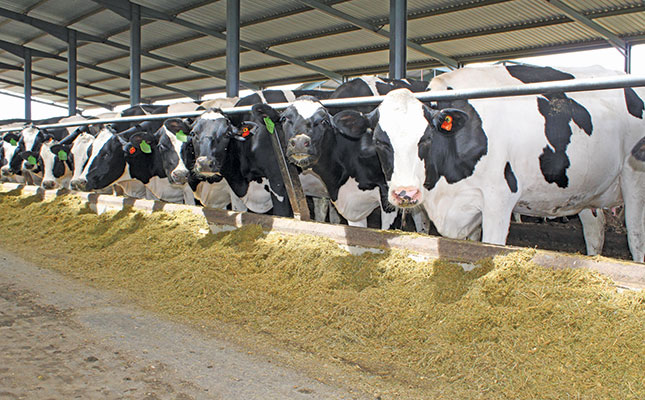
Zimbabwe’s The Sunday Mail newspaper stated in a recent report that raw milk production in that country had increased from 79,6 million litres in 2021 to 91,6 million litres in 2022, a rise of 14,3%.
Basera told the newspaper that imports of milk powder had declined by 17% over this period, dropping from 8,9 million kilograms to 7,4 million kilograms.
He ascribed the increased production to appropriate interventions made by the
Zimbabwean government, private sector and development partners.
“All these interventions and touch points are contained in the Livestock Recovery and Growth Plan, with deliberate programmes [which focused on increasing] the national dairy herd from 19 000 in 2021 to 29 000 in 2022. This included the state’s dairy heifer programme funded through the private sector,” he said.
According to the Transforming Zimbabwe’s Dairy Value Chain for the Future (TranZDVC) initiative’s website, that country imported 200 in-calf heifers from the Eastern Cape in South Africa in February 2020 to improve the genetic base of Zimbabwe’s dairy cattle.
This formed part of the TranZDVC’s drive towards increased productivity, production and profitability.
The animals had since been distributed to various regions throughout Zimbabwe. Zimbabwean dairy producers were also supported under the Command Silage Programme, facilitated by the Agricultural Finance Corporation and CBZ Bank.
The initiative was modelled on the National Enhanced Agriculture Productivity Scheme, formerly known as the Command Agriculture programme.
“Programmes to upscale milk production and productivity per cow include the presidential silage programme supporting more than 1 500 smallholder dairy farmers with a standard input package comprising maize seed, basal fertiliser, and top-dressing fertiliser for one hectare of silage.
“Silage is a highly nutritious and affordable feed option which government is promoting under the ‘own farm feed formulation’ programme that started in 2021,” Basera said.
Dr Koos Coetzee, independent agricultural economist, previously told Farmer’s Weekly that Zimbabwe had exported milk and milk products to South Africa in the 1980s. Nowadays, however, the consumer market in the country was dominated by retail group Shoprite.


